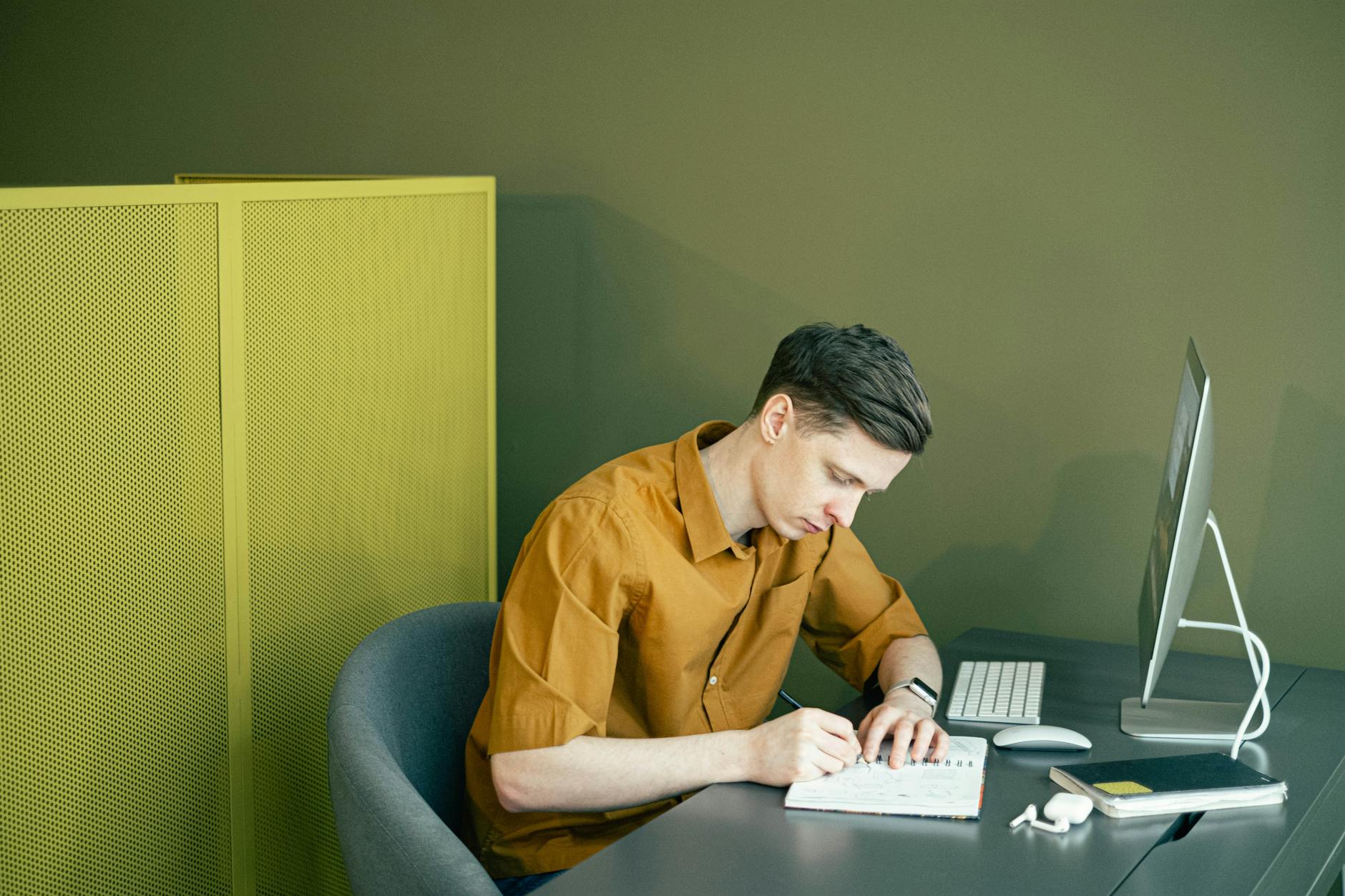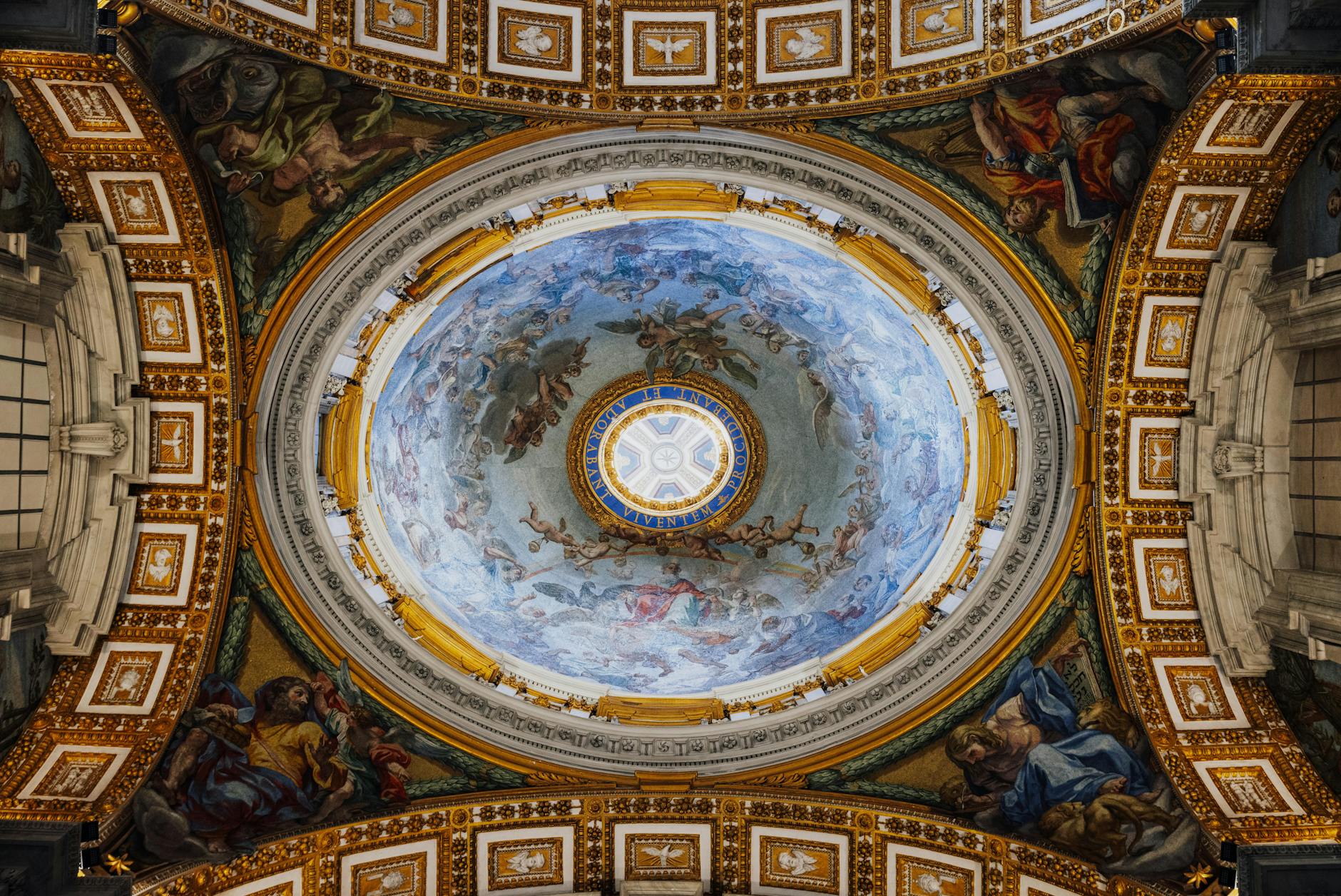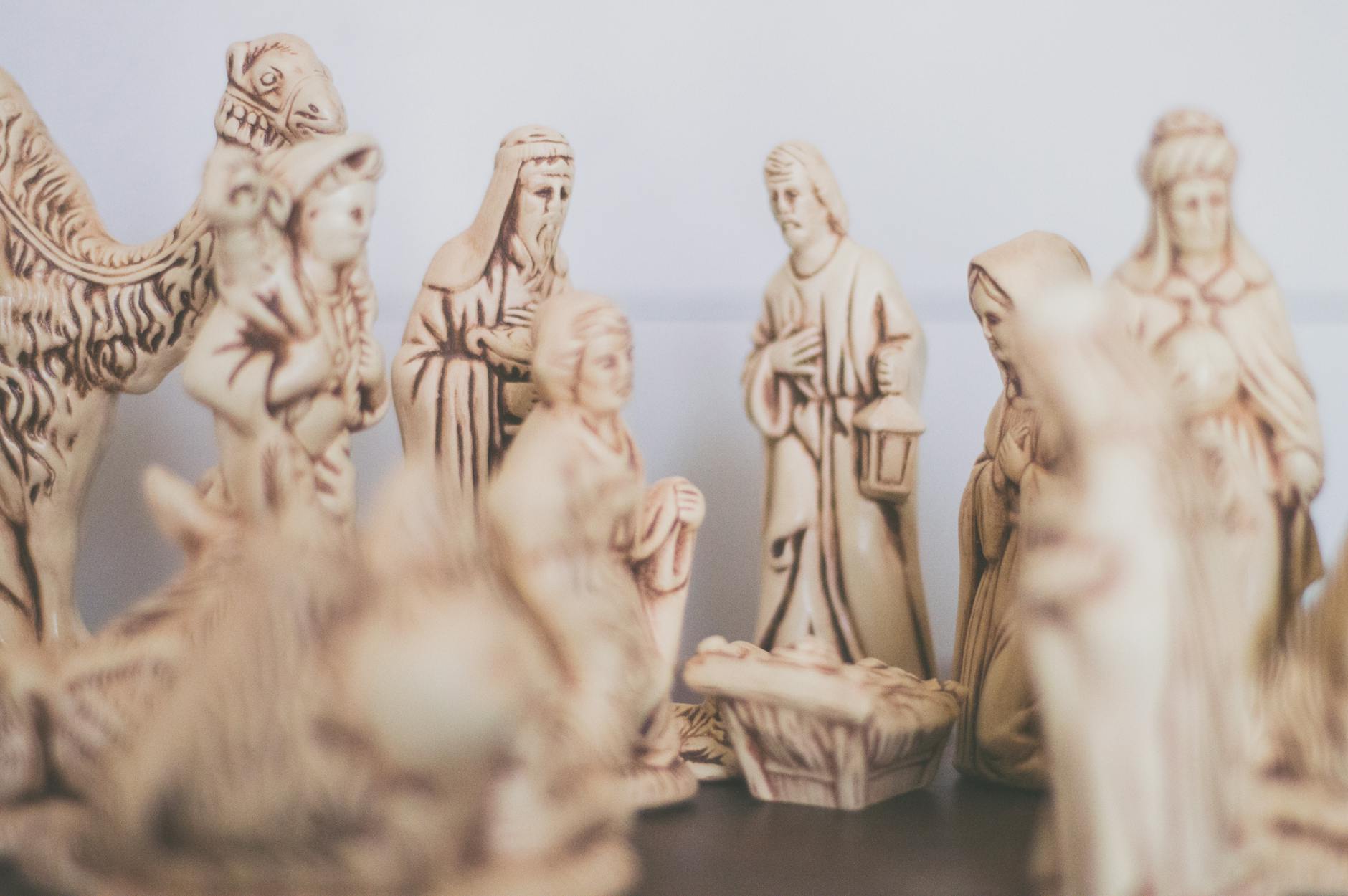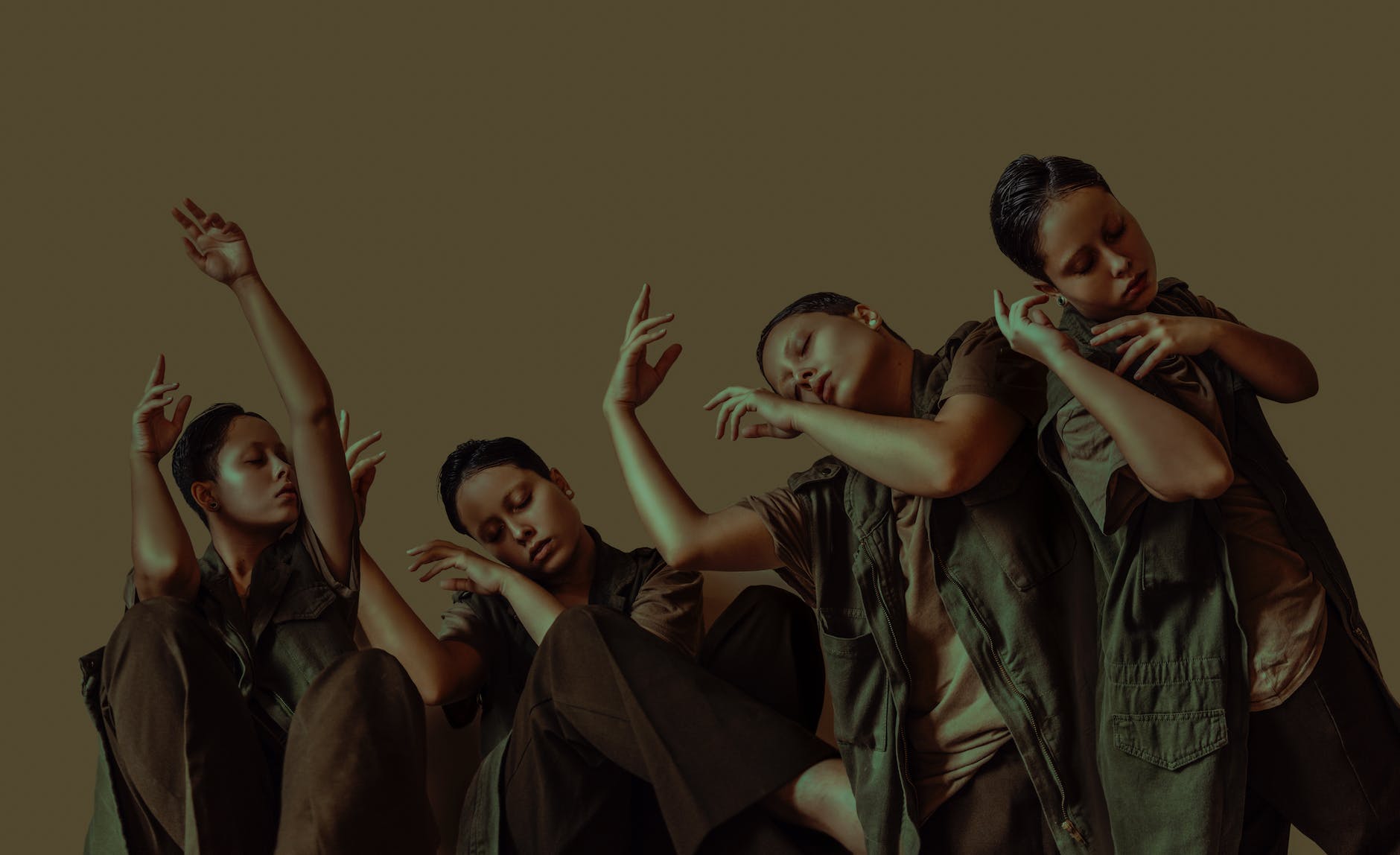From traditional shamanistic practices to the contemporary digital sphere, the influence of psychedelics on artistic expression is as enduring as it is profound. Attached to this influence is a creative style as vibrant and colorful as the experiences it represents – Psychedelic Art. This art form, famed for its trippy visuals and hallucinatory imagery, had its golden age in the counterculture movement of the Sixties, where it found an expressive conduit for the psychedelic experience.
The term ‘psychedelic’, coined by psychiatrist Humphry Osmond in 1957, literally translates to ‘mind manifesting’. As such, it accurately describes the nature of the psychedelic experience prompted by mind-altering substances. These experiences, often transcendental and profound, challenge the boundaries of perception and evoke a profound influence on the exploration of consciousness that heavily informs psychedelic aesthetics.
From the very early stages in human history, psychedelics have facilitated access to spiritual dimensions – dimensions readily transcribed into art. Ancient Siberian rock art, for instance, showcases complex geometric hallucinatory motifs theorized to be a result of psychedelic mushroom consumption. This early integration of symbolism in art as a form of visual storytelling and spiritual exploration serves as a historical precursor for the psychedelic art that would rise to prominence in the twentieth century.
Psychedelic art truly came into its own during the dramatic social and cultural shifts of the 1960s. During this era, a substantial subset of the youth – often referred to as the ‘hippies’ – abandoned conventional societal norms and began to espouse an alternative worldview steeped in radical ideas on peace, love, and unity. The widespread use of psychedelics like LSD and magic mushrooms amongst this subgroup engendered visionary artworks epitomized by swirling, vivid patterns, and dream-like landscapes – the quintessential trippy visuals.
The founding fathers of this artistic movement include artists such as Peter Max, who translated the psychedelic experience into colorful, mind-bending illustrations, and Victor Moscoso, revered for intensely saturated color works and intricate lettering in his posters. Notably, Wes Wilson is recognized as one of the leading designers of psychedelic posters, commonly for rock concerts. His style, characterized by flowing, melting letters and intense color schemes, has become iconic of psychedelic design.
As the counterculture movement evolved, so too did its artistic motifs. What began as an exploration of individuality through bright patterns and symbolic visuals gradually encompassed incisive political commentary and social critique. This evolution reflected the turbulence of the times, earmarking psychedelic aesthetics as a surrogate for the shifting paradigm of the age.
Though relegated to the realm of ‘kitsch’ by the end of the seventies, psychedelic art experienced an impressive resurgence at the dawn of the digital age. With the advent of powerful graphic design software and digital art techniques, artists could explore a new realm of psychedelic aesthetics. Contemporary artists like Android Jones and Luke Brown have synthesized digital tools with the traditional motifs and themes of psychedelic expression, notably extending the reach and appeal of this art form.
Much more than just a whirl of vibrant colors and patterns, psychedelic art is a vehicle for ideas that stretch beyond the boundaries of ordinary perception, from the deeply personal to the expansively universal. An examination of its roots and evolution reveals a rich tapestry of events and ideologies that underscore its cultural significance. The growing modern interest and re-appreciation of this seemingly ‘trippy’ art form underpin its enduring appeal. Indeed, in the continuous intertwining of psychedelics and artistic expression, we find a testament to our relentless yearning to explore and express the uncharted territories of the human mind.
Today, it is evident that the wild strokes and mind-bending designs of psychedelic influence are here to stay. Psychedelic art retains a vibrant niche within the contemporary art scene, denoting not only its historical roots in the counterculture movement but also its pervasive influence on modern culture and artistic representation moving forward.








